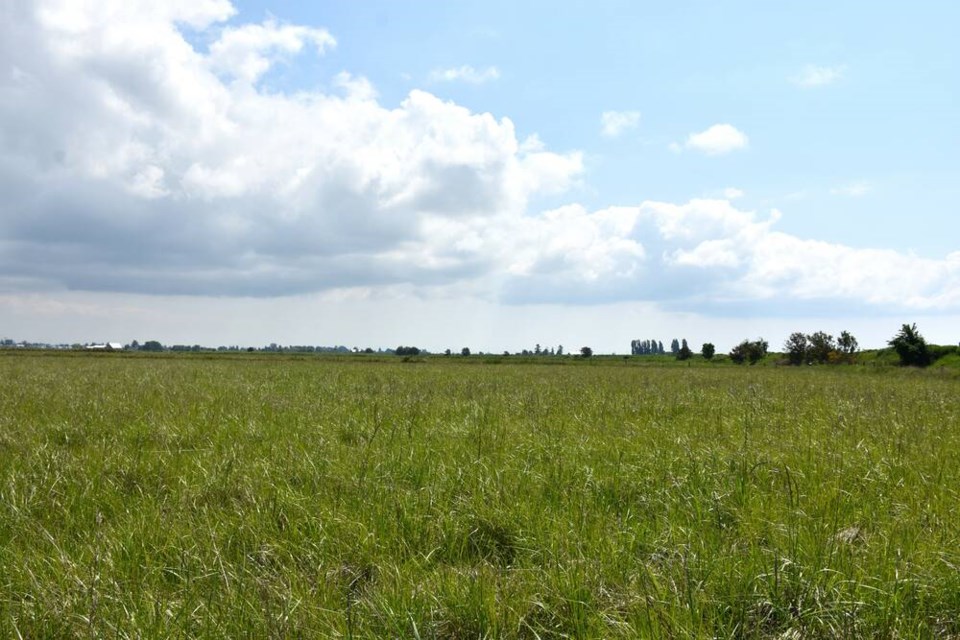Agricultural landscapes provide refuge for many wildlife species on the Fraser River delta. Across Delta farmland, it is not uncommon to see species-at-risk, such as Great Blue Herons or Barn Swallows. However, our local populations of bats are much more elusive and much less is known about their ecology.
Bats are experiencing widespread declines across North America due to many factors, including the spread of the deadly white-nose syndrome, decreases in insect abundance, and the absence of roosting and foraging habitat.
The Hoary Bat and Silver-haired Bat are two local species that were recently classified as endangered in Canada and three other local bats are Blue-listed in B.C.
Every spring, the Delta Farmland & Wildlife Trust (DFWT) cooperates with local farmers to plant fields with grass mixes, setting them aside to restore soil health and provide habitat for wildlife. We measure the improvements to the soil and survey the fields to determine if they are being utilized by wildlife species of concern, such as Barn Owls.
This year, we have set up ultrasonic recorders across Delta to help us monitor bats from dusk to dawn over their active summer months. The goal of this project is to find out which bats are actively using farm landscapes and how they are distributed across Delta.
DFWT stewardship programs designed to help farmers and wildlife, such as grassland set-asides and hedgerows, may provide crucial support for bats. Grassland set-asides support insect populations which are utilized by other insect-eating species such as Barn Swallows. Meanwhile, hedgerows may provide much needed roosting habitat as many bats, including Hoary Bats and Silver-haired Bats, prefer trees and snags as natural roosts.
Stay tuned to this column for the results of the summer, 2023, Delta bat habitat use monitoring.
Editor’s note: Nature Notes is a monthly column presented by the Delta Naturalists and their community partners. For info on monthly meetings and more see: www.dncb.wordpress.com and www.facebook.com/DeltaNats/.




